Little Cities of Black Diamonds
Little Cities of Black Diamonds
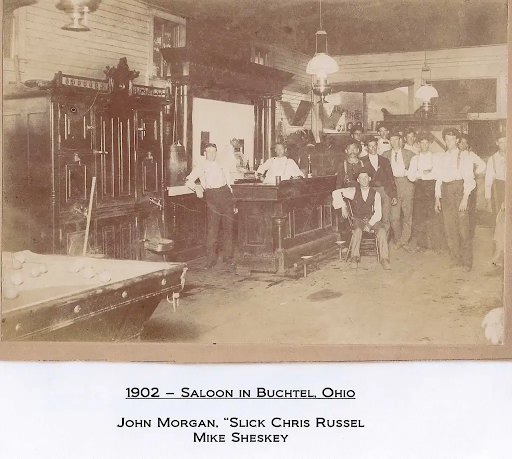
Moonshining
The Little Cities of Black Diamond (LCBD) microregion is proud to be in the heart of Appalachian Ohio and reflects the richness associated with Appalachian culture. In carrying on the same ethos of ingenuity, self-reliance, and subsistence, moonshining played a vital economic role for the residents and communities of the LCBD region. Among the unglaciated Appalachian foothills, nestled in the hollows and ravines of the Hocking Valley, the landscape provided the perfect backdrop for the distilling of spirits and a way forward economically during prohibition for many who made their home in the Hocking Valley. Coupled with the importance of the Labor Movement that engulfed the region during the Hocking Valley Coal Boom, the art and science of moonshining wasn’t only an economic necessity for hill country residents, but an authentically Appalachian art form.
Striking leads to Shine
To first understand why the LCBD region became instrumental in the moonshining movement during the Prohibition Era, one first look to the Great Hocking Valley Coal Strike of 1884-1885. In 1883 a plethora of smaller coal companies merged to form the Columbus Hocking Iron & Coal Company. To protest a wage decrease from .80 cents to .60 cents miners in the valley went on strike. The strike would last from the winter and carry over to the spring of 1885. During the strike, union miners protested as a result of being replaced by scab workers. As a form of protest, union miners filled coal carts with timber, soaked with kerosine, set the lumber ablaze, and pushed the cars into the mines surrounding New Straitsville. As a result, a large mine fire spread throughout the hills and hollers surrounding New Straitsville. The fire, which continues to burn today, emitted a continuous smokey haze across the landscape. Thus, the smoke from the mine fire provided the perfect cover for moonshining to boom during Prohibition. Moreover, the smell of the smoke also disguised the smell of liquor being distilled.
Authentically Appalachian
The Great Hocking Valley Coal Boom allowed for a rush of immigrants to the Hocking Valley, primarily from Wales, Scotland, and Ireland. The Welsh, Scottish, and Irish brought their rich culture and traditions with them. With that cultural lineage came the tradition of crafting whiskey. This, coupled with a myriad of different factors contributed to the rise of moonshine and moonshine culture within the LCBD region. The creativity, ingenuity, and risks taken by moonshiners to provide for their families reflect a fundamental Appalachian value placed on the importance of family and community. Moonshining brought the community together economically, but it also succeeded due to close-knit relationships of community residents throughout the region. The interconnectedness that permeates through LCBD communities helped to ensure neighbors didn’t turn on another and alert the Revenuers who was tasked with rooting out Moonshine. Thus, having a strong sense of community and place, helped to stave off raids and alert moonshiners beforehand so that they wouldn’t get caught.
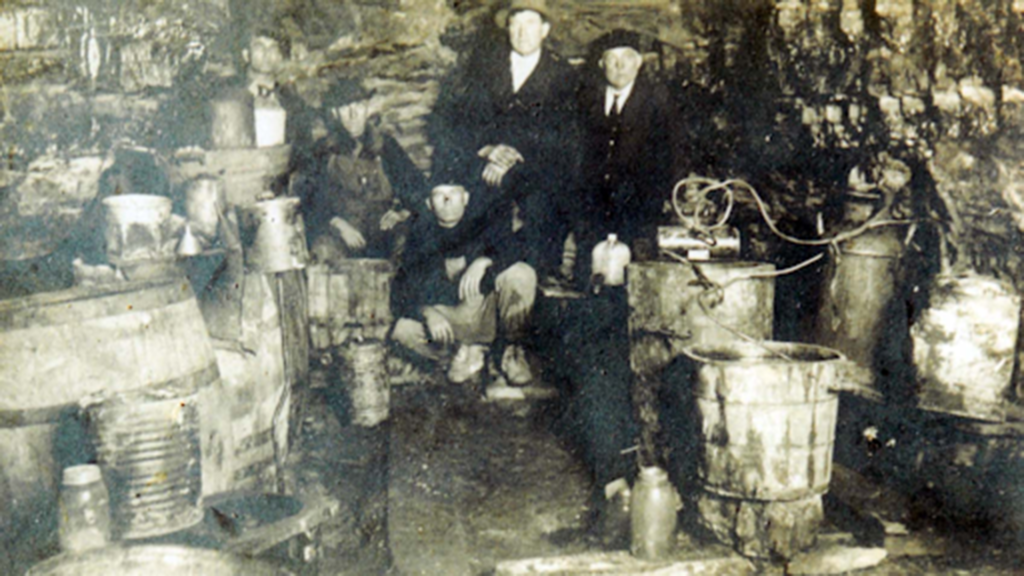
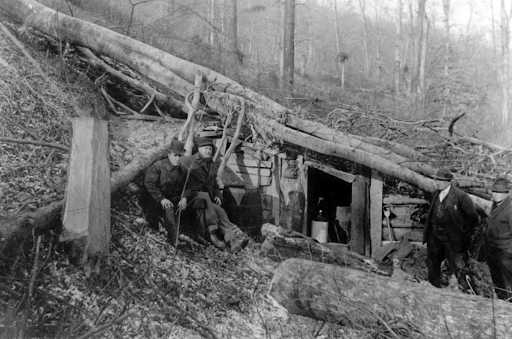
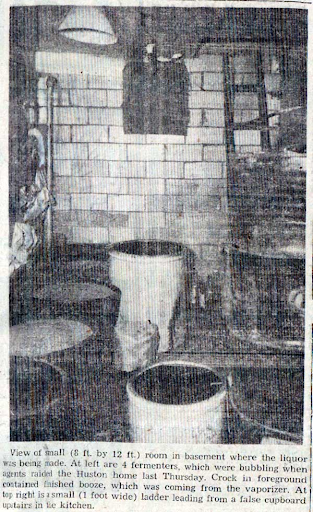
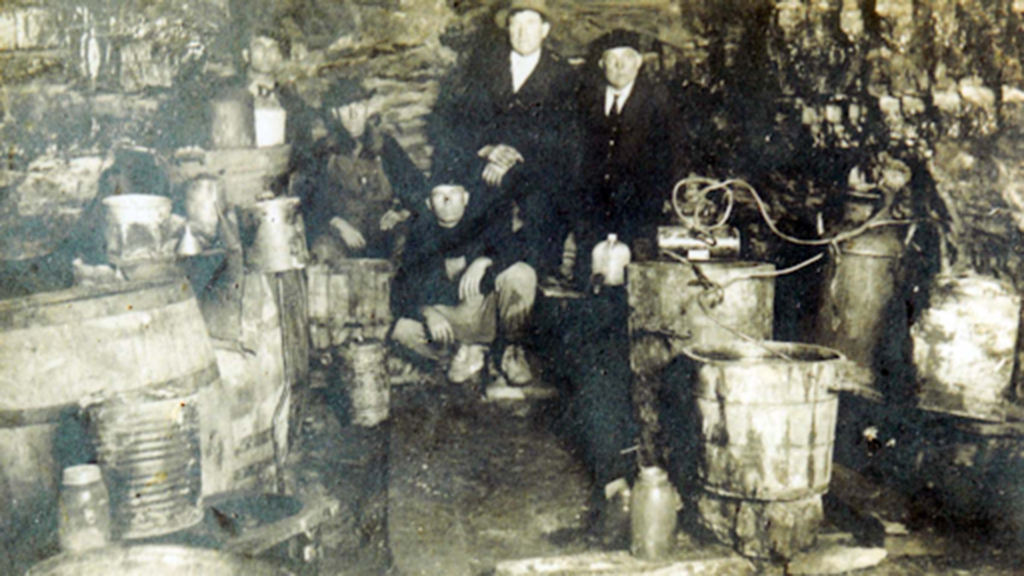
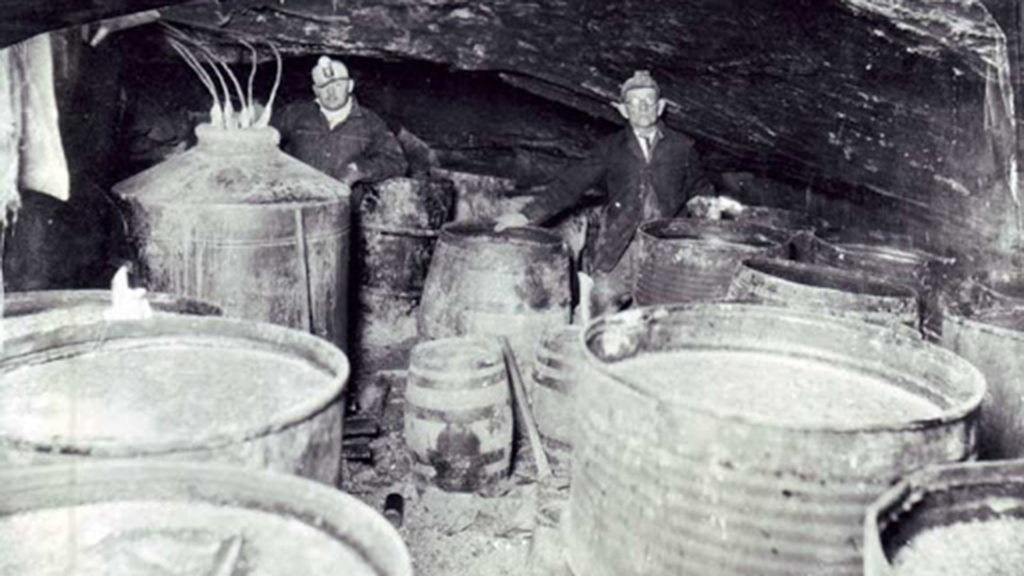
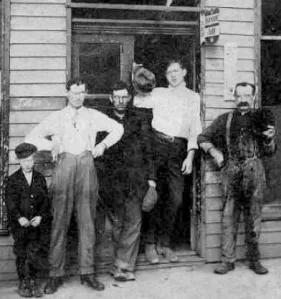

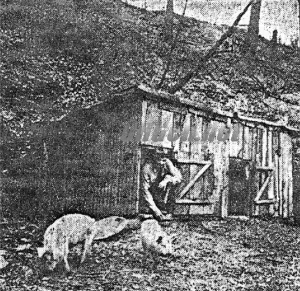
Have a question about history in the Little Cities of Black Diamonds Region? Reach out to one of our historians!